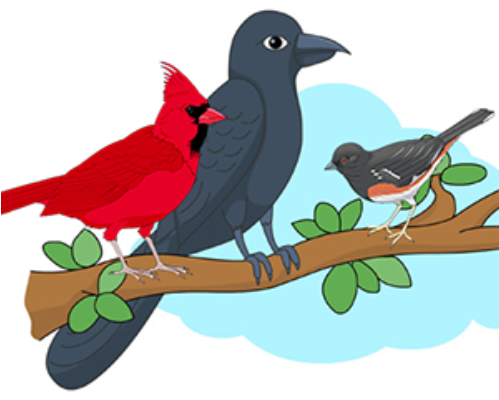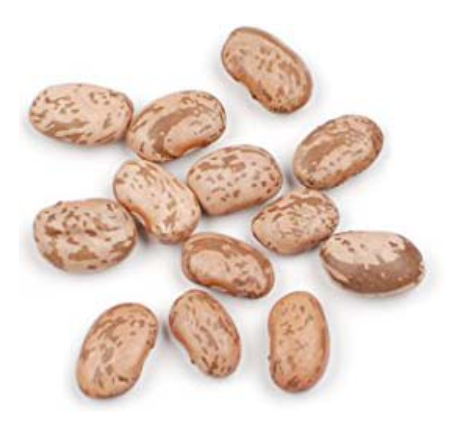Measuring Biodiversity Using Beans as a Model
( \newcommand{\kernel}{\mathrm{null}\,}\)

Population: Individuals of a single species that live in an area.
Community: All of the populations that live in an area.
Richness is defined as the number of unique species that are present, but does not include the number of individuals within those groups.
Abundance is the number of individuals present in each group relative to the total number of individuals. Abundance is calculated by dividing the number of individuals by the total number for all groups.

Biodiversity is a measure of the variety of life that occurs within an ecosystem. The number of different species that live in an ecosystem determine the biodiversity. The biodiversity index can be calculated by dividing the # of species by the # of organisms. The closer to 1 the biodiversity index is, the more diverse the community is.

Application: To model how richness and abundance are measured, you will be examining two communities where populations within are represented by beans.

1. Use a small cup to take a sample from your community, represented by a bowl or other container filled with beans.
2. Count and record the number of each type of bean in the community.
3. Return your beans to their ecosystem when you are finished counting.
4. Repeat for the second community.
|
Community 1: Melting Pot |
||
|
Species/Taxa (Type of Bean) |
Number of Beans |
Relative Abundance |
|
|
|
|
|
|
|
|
|
|
|
|
|
|
|
|
|
|
|
|
|
|
|
|
|
Total # of Beans |
|
|
|
Total # of Species (types of beans) |
|
|
|
Biodiversity of Community (show calculations)
|
||
|
Community 2: Potluck |
||
|
Species/Taxa (Type of Bean) |
Number of Beans |
Relative Abundance |
|
|
|
|
|
|
|
|
|
|
|
|
|
|
|
|
|
|
|
|
|
|
|
|
|
Total # of Beans |
|
|
|
Total # of Species (types of beans) |
|
|
|
Biodiversity of Community (show calculations)
|
||
Analysis
- Which community has the greatest richness? Use specific EVIDENCE from your data to support your claim.
- Which bean species has the greatest relative abundance in Community 1 and in Community 2?
- Compare your data to data gathered from other groups. How can you explain differences in your numbers?
- Which community has the greatest biodiversity? Use the terms "richness" and "abundance" in your answer and justify this CLAIM with EVIDENCE (data).
- Suggest ways in which a biodiversity index could be used by biologists who are studying the health of an ecosystem. How could they use this information?
- If you cut down all of the various kinds of trees in a piece of forest you owned, then replanted with only one type of tree, what might happen to the wildlife that was adapted to that forest?


